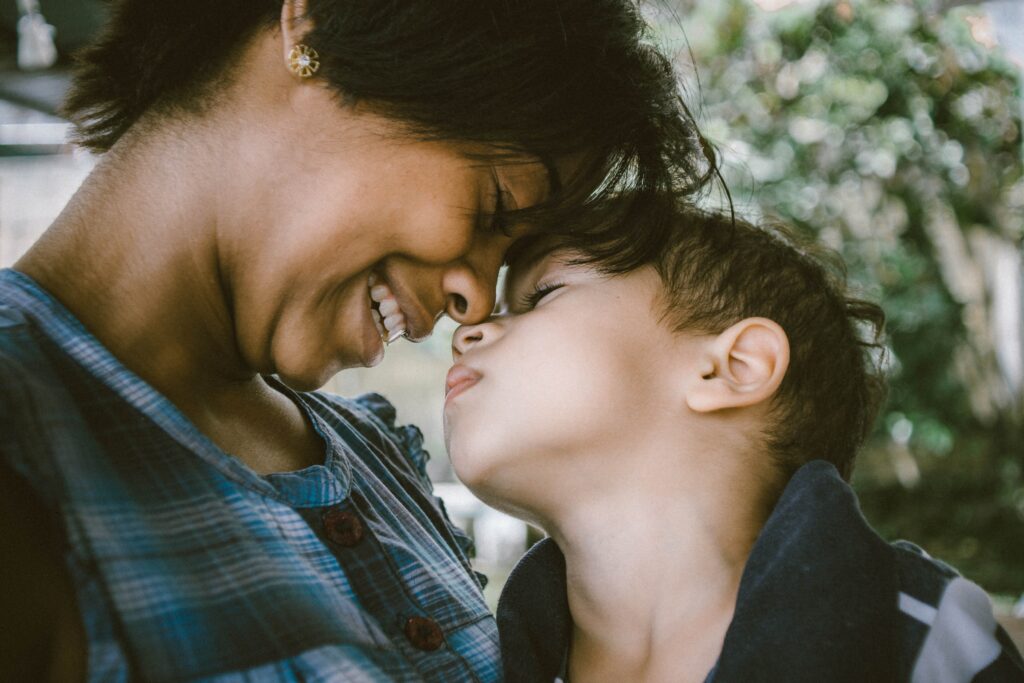
ABA therapy, or Applied Behavior Analysis, is a form of therapy designed to improve certain daily life skills and behaviors. This type of therapy is widely used to treat children with autism spectrum disorder (ASD). While it is normally overseen by therapists and board-certified behavior analysts, parents can apply ABA techniques at home, too. ABA provides therapists and parents with many tools to help autistic children respond in healthy ways to everyday situations. We’ve put together a guide that covers all the basics in addition to a few techniques that parents can do at home to apply ABA therapy correctly. So, keep reading to learn more about ABA therapy.
What is Applied Behavioral Analysis?
ABA is a form of therapy that uses special approaches to change, improve, or stop a specific behavior in children with autism. It is mainly used to tackle social skills, domestic activities, and communication habits in children. It works by identifying the undeveloped skill, then the therapist or parent will try to engage in activities or tasks that require this skill with the child to direct them toward the correct behavior or response. Usually, children on the autism spectrum lack certain skills required for basic communication, leading to the child not responding to direct conversations or social interactions between them and other children or parents. Often, children are misunderstood and labeled as disobedient when they actually lack skills through no fault of their own.
There is more than one way through which ABA can be applied. The most common approach is reinforcing positive actions to either encourage a certain desired behavior related to that skill. Other methods of applying ABA include discrete trial teaching, teaching for generalization, prompting strategies, and outcome-based decision making, all of which aim for the same results. These strategies can also be applied at home by parents trying to modify their children’s behaviors, and, in such cases, the techniques are much simpler and easier to adapt.

ABA Therapy at Home
ABA techniques should aim to change a child’s behaviors; this means that these techniques will vary depending on each individual’s case. Here are some of the methods that can be applied by parents at home.
● Sitting in a Chair
This can be performed on the frequent occasions when your child is supposed to sit, like during meal times or while watching TV. Tell your child to sit when appropriate, but in an enjoyable and fun way to make it a positive experience. This makes a simple activity or behavior like sitting in a chair when told more likely to be perceived positively by your child. Be sure to praise your child when the goal is achieved.
● Maintaining Eye Contact
Telling your child to look at you while engaging in a fun activity, like blowing bubbles or dancing, is a good way of teaching them to maintain eye contact. This can also be combined with the above-mentioned sitting exercise.
● Matching Colors
For children with autism, matching skills are essential for language development. Use objects at home that your child is familiar with, like toy cars or crayons, and ask them to match the ones with the same color together. Keep adding more colors to enhance and encourage your child’s matching skills. You can also use the same technique to teach them to match physical objects that you have lying around the house to those found in specially designed picture cards. That way, they will be able to connect physical objects with their illustrations.
Understanding ABA Therapy
No matter which ABA method is applied, therapists or caregivers can monitor a child’s progress with hard data. This allows them to determine which therapy techniques will work best with a specific child and which methods won’t. It’s easy for parents to narrow down their techniques by subscribing to an Autism Parenting Magazine or consulting a therapist to understand the methods that work in similar cases. Customizable approaches like this allow parents to be creative with the approaches they follow, depending on their child’s case.
At the beginning of the therapy, parents must set simple goals for applying ABA and gradually move on to harder goals as the child starts to adopt the desired behaviors. As the case progresses, the parents or caregivers must record the progress to be able to help their children accordingly. Even if children are receiving their ABA therapy from a specialist or at school, the parents’ involvement is always very critical to the therapy’s success.’

ABA Should Not Be a Punishment
The best way to apply ABA treatments is by using special techniques to reward desired behaviors and give consequences to behaviors that should be avoided. People often incorrectly translate that to punishment, but this is not the purpose of ABA, and punishment must never be included in the techniques applied. The system is designed only to reward the needed skills and show slightly negative consequences to the wrong habits. It is all for promoting cooperative communication skills and behaviors. The negative consequences can be applied by holding back the rewards to show disapproval. The process should be enjoyable for your child and aim to teach them, not traumatize them.
Building a Structured Day
The above techniques and approaches should be incorporated anywhere from 20 to 40 hours a week for 12 months. However, the required duration will greatly depend on the individual’s case. The process can be a lot to take in for a child, so the course’s intensity and duration should be decided based on the child’s case. The therapy should include no more than one session per day.
Home therapies like ABA are better performed in a natural environment for optimal results. However, it’s also recommended to combine natural environments with real-life situations that your child usually encounters throughout their daily life. Many therapists will offer consultations and training sessions for parents who wish to apply ABA treatments on their children. There’s a lot to learn when it comes to ABA therapy, so make sure you do your research; you never know when your child will need to work on a certain skill.



